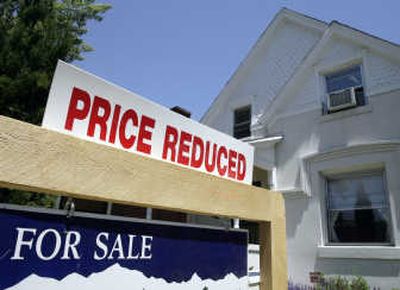How to stage your home for sale

When William Shakespeare wrote “All the world’s a stage,” he probably wasn’t referring to marketing a home. Staging and price represent two key issues when selling a home.
Although Barb Schwartz is largely credited with pioneering staging in 1972 in Bellevue, Wash., many agents today still fail to utilize, understand, or find value in the concept. It’s to REALTORS®’ and sellers’ advantage to educate themselves as to the who, what, when, how, and how much of this rapidly growing real estate segment.
To put it succinctly, interior designers personalize, while stagers depersonalize. Stagers ready a house so buyers can picture themselves in it.
One REALTOR® says, “Staging is increasing the perceived value of a home by ‘showcasing’ the space to allow potential home buyers to mentally move in.”
It’s a subtle art that involves creativity and some muscle. A good stager will emphasize the house, condo, or loft instead of the client’s personal items.
A listing agent doesn’t want buyers and buyer’s agents to notice art collections, family photos, and quirky knickknacks. No matter how nice or interesting the accessories, the object is to sell the house, not what’s inside the house.
Staging can entail simple tasks such as removing clutter, as clutter eats equity. Stagers aren’t maids or housecleaners; they don’t do repairs or paint but, rather, they create a neutral, harmonious, spacious, and beautiful environment. They often set tables for dinner or draw bubble baths so buyers can picture themselves in the property.
Think of staging like detailing a car. A smart auto seller would detail a car before selling it to add value and that’s exactly what staging can do for a house. In the real estate game, time looms equally important. Staging helps, making the property stand out, and, in turn, determines which properties will sell fast and which won’t, says one REALTOR®.
“It’s no longer a market where staging helps the property sell for more. In today’s market, it enables the property to have more potential of selling.”
According to statistics compiled by Stagedhomes.com, unstaged homes spent an average of 22 days on the market, but those staged by an Accredited Staging Professional™ spent an average of 11 days on the market. Even though some sellers may be hesitant to spend more in a down market, real estate broker Barb Schwartz, creator of ASP™ and author of “Home Staging: The Winning Way to Sell Your House for More Money,” says, “The investment in staging a listing is less than the price reduction on a listing.”
Put another way, sellers should consider that they may spend $5,000 for staging, but their first price reduction could be $50,000 or $100,000.